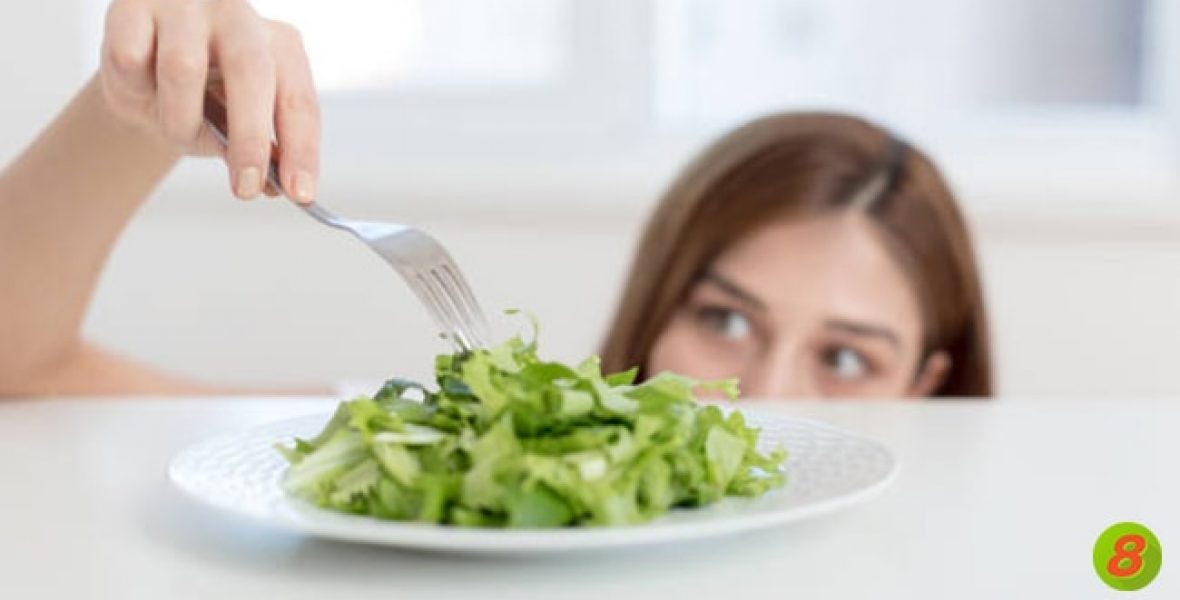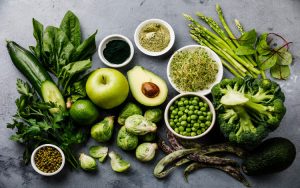Ok, quick quiz…
(a) You’ve been scarred by your mum demanding you ‘eat your vegetables’ as a child?
(b) You’ve never learned interesting ways to prepare and cook vegetables?
(c) You find vegetables bland, boring and tasteless?
(d) All of the above?
Don’t worry, you’re not alone if you’d rather skip the vegetables than savour them! Vegetables have varying degrees of bitterness and people have a diverse like of bitter foods. Hence, some people love vegetables; lots think they’re ok; many tolerate them; and quite a few despise them. It doesn’t matter which category you fit into – you can train your taste buds (and your mindset) to appreciate AND enjoy vegetables, regularly! Learn 8 ways to make vegetables tasty…
First though, you sort of know you should have them, but why bother to make vegetables tasty?
The inherent nutritional value of vegetables is the biggest and best reason to make vegetables tasty. By making them tasty, you are likely to eat more of them, which is a good thing. But there are plenty of other good reasons too:
✔ Generally low calories – a win when you’re trying to lose weight, plus you can eat a WHOLE lot more food if it’s in the form of vegetables
✔ Packed with fibre – feel full and satisfied for longer meaning less searching out ‘bad’ snacks and it will keep your digestive system happy too
✔ Nutritional benefits – Essential vitamins and minerals to maintain vital body functions
✔ Live longer – higher intake of vegetables is associated with lower risk of lifestyle diseases like diabetes and cardiovascular disease
✔ Vegetables add variety – variety is the spice of life!
1.Disguise vegetables under strong flavours
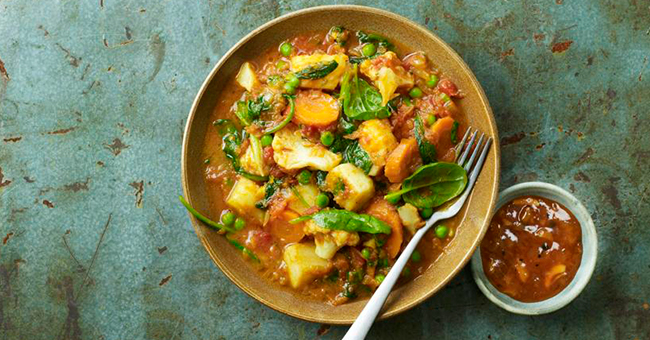
Curries are great for adding loads of vegetables to a meal that you wouldn’t normally eat alone. Vegetables will often absorb the flavour of the curry or cooking sauce. Make this an opportunity to reduce the white rice you have in favour for topping up your portion with vegetables.
2. Spice up your vegetable dish
Adding herbs and spices to raw and cooked vegetables adds a completely different flavour dimension. Even Chefs will experiment with different combinations of sweet and sour spices. Plus, there are the added benefits to your health. For example, research says the active ingredient of curcumin in Turmeric aids in recovery and healing from strenuous exercise. And it gives your food that fun bright yellow look.
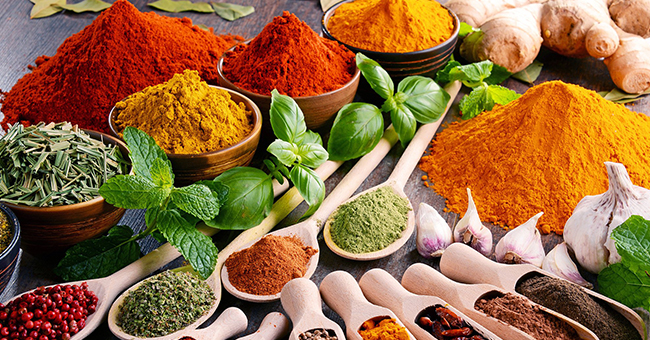
3. Bury vegetables into other foods
Parents have used this trick to increase their children’s vegetable intake for a long time. Try grating your least favourite vegetables into pasta or noodle sauces. Start small so the flavour of the vegetable is barely discernible, then add more over time. This is the ‘ small steps’ approach to building your taste buds appreciation for vegetables you normally don’t like. It can also indirectly enhance the flavour of your dish.
4. Appeal to all your senses
How often have your ‘eyes been too big for your belly’? Or you’ve started salivating at the smell of something aromatic cooking? To make vegetables tasty you often have to prime your senses to get your tastebuds ready. Expecting something to be tasty will often lead to a yummier experience.
Tip – Make your vegetables Insta-worthy…pair bright colours of vegetables together, arrange them carefully on your plate and garnish with fresh herbs before serving!
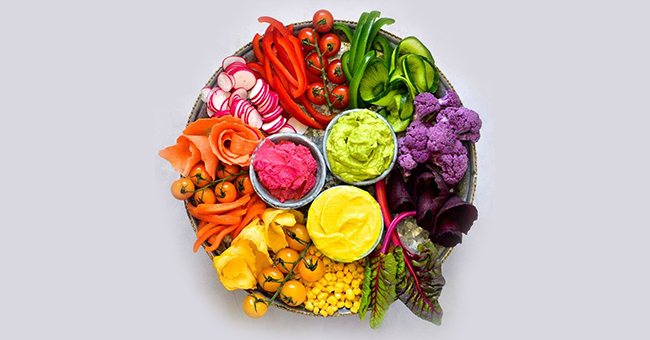
5. Build your vegetable repertoire
If you currently eat very few vegetables it may be hard to completely change your diet to salads and plant-based meals. Try adding one new vegetable each week to your meal. Also start with small portions, that are easy to swallow. Remember that our sense of smell is closely related to your sense of taste – so start with the less ‘smelly’ vegetables!
6. Sweeten your vegetable deal
If you’re a fan of fruit, get funky with some salad combinations that include a range of colourful vegetables with a sweet kick of fruit too! Apple, peach, melon and orange segments are great additives.
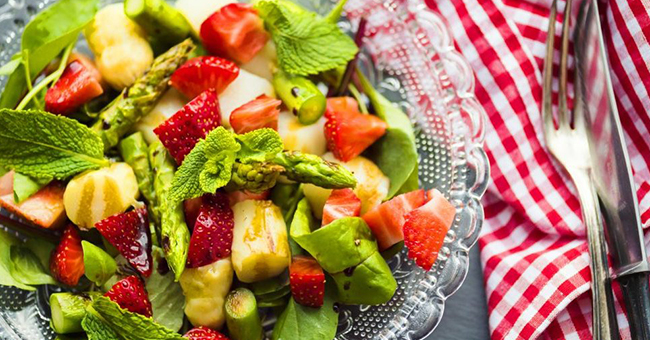
7. Try a different cooking method
The method and length of cooking vegetables can greatly affect their taste. Boiling vegetables for too long leeches both nutrients and flavour. If you have always fried your vegetables, try using a different oil or better still the steamed version of the same vegetables.
Tip – Steaming – best for greens like broccoli and bok choy. It prevents leeching of water-soluble vitamins and retains the crisp texture.
Roasting – best for intensifying vegetable flavours. Hardy vegetables like sweet potatoes, pumpkin and capsicum are great options. You’ll notice that the vegetables will taste sweet and the bitterness will disappear.
Grilling – best for achieving a smoky barbeque flavour. Grilled mushrooms, asparagus and onion are great to add to green and grain salads.
8. PERSIST to make your vegetables more tasty
Research says that we have to try a food many times before our palate adjusts. I’m sure we all have a specific vegetable example of this. Mine – I went from gagging on cauliflower as a child to tolerating it as a teen, to eventually not noticing it as an adult. I can’t say that I love it, but I eat it without regard. Just because you don’t like something as a youngster doesn’t mean you won’t ever grow to enjoy it, hence the words ‘it’s an acquired taste’!
Make vegetables tasty for your health
We’ve outlined WHY your mum was right when she said, ‘eat your vegetables!’ and given you 8 ways to make vegetables tasty, so now it’s up to you to give it a go! If you’re not sure where to start with vegetable recipes or meal plans that include a balance of food groups, then check out the Active8me app today! We have a huge selection of recipes expertly designed and tested by dieticians and world class cooks, plus they are available to be customized to your regional preference!
